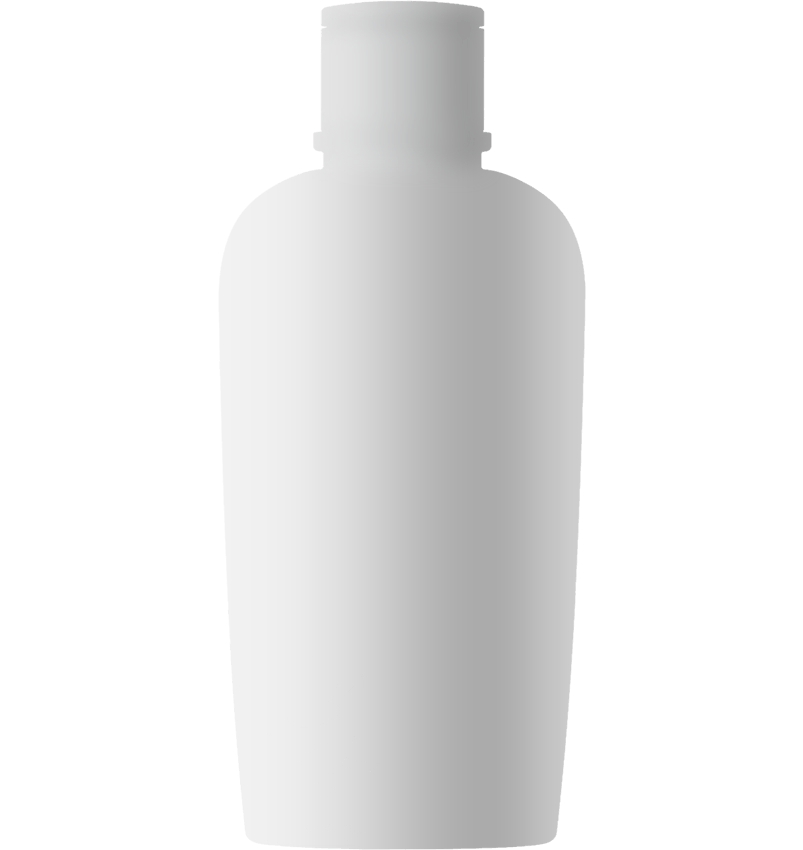Brachioplasty represents a growing trend in body contouring surgeries, particularly among individuals pursuing post-weight loss or age-related skin tightening solutions. This highly customizable procedure aligns with the increasing demand for body reshaping treatments, addressing aesthetic and functional concerns in the upper arms.
The surgery involves advanced techniques to remove excess skin and fat, tighten the underlying tissues, and create smoother contours. With its ability to deliver long-lasting results and high patient satisfaction, arm lift surgery continues to be a popular choice for those seeking refined and proportionate arm aesthetics.
Comprehensive Arm Lift Procedure Breakdown
Surgical Methodology:
Brachioplasty is typically performed under general anesthesia, ensuring patient comfort while enabling precise surgical intervention to achieve the desired arm contours.





